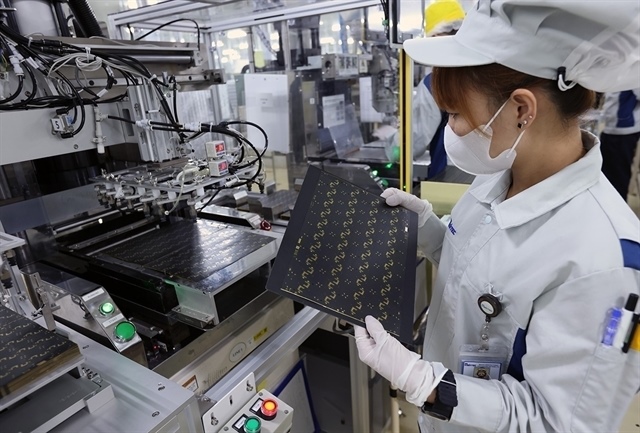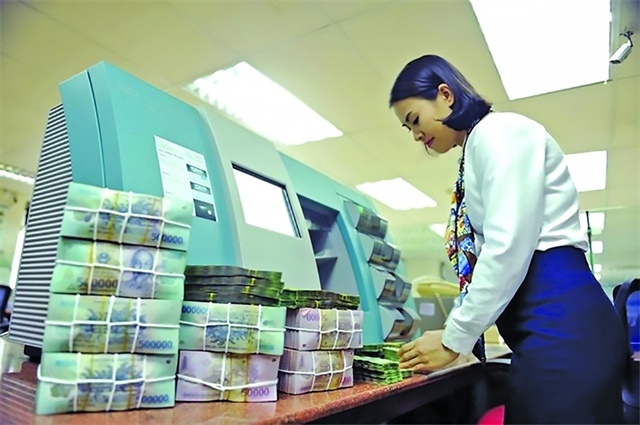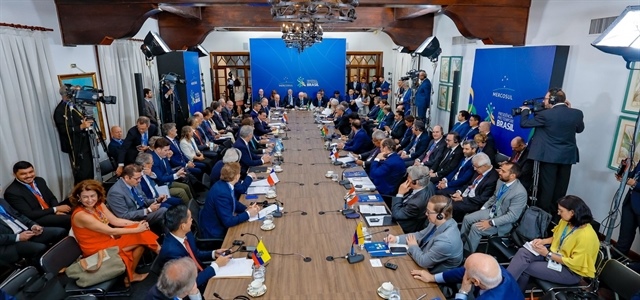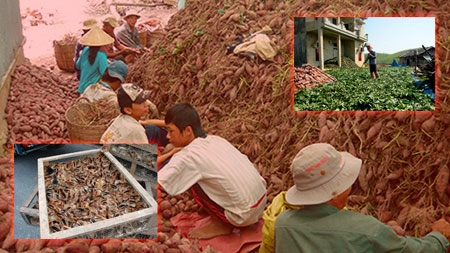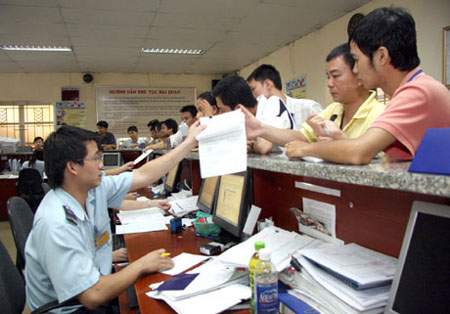Government’s rice purchase for storage doesn’t benefit anyone
Government’s rice purchase for storage doesn’t benefit anyone
The government has to spend big money to collect rice from farmers for storage to ensure the reasonably high profits for farmers. However, involved parties all have said the solution has not benefited them.
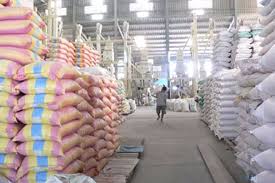
In principle, the government’s rice purchase from farmers is a solution which aims to stabilize the rice prices and farmers’ profits in the context of the market price fluctuations. Vietnamese rice exporters, who get the financial support from the State, collect rice from farmers at the prices high enough to ensure the minimum profit of 30 percent for farmers. And they would export rice later if it goes for good prices.
However, Nguyen Trong Thua, a senior official of the Ministry of Agriculture and Rural Development (MARD), affirmed that no one has benefited from the last campaigns of storing rice. Farmers did not get benefit from the campaigns, saying that the collection prices were still lower than the production costs. Rice exporters keep complaining that the export has been going very slowly, while Vietnam’s rice export has become cheaper in the world market.
Everyone complains that they are at a disadvantage
Dry rice can be sold at VND5,100-5,300 per kilo at the rice fields. The price level is 38-46 percent higher than the average production cost announced by the Ministry of Finance at VND3,616 per kilo.
However, according to Thua, farmers cannot pocket the whole 38-46 percent, because they cannot sell rice directly to export companies, and they have to do that through merchants.
Therefore, the 38-46 percent gap between the selling price and the production cost must be divided to different involved parties in the rice production chain, including farmers, merchants and other intermediaries. Therefore, management agencies themselves don’t know exactly how much farmers can earn.
Also according to Thua, the Vietnam Food Association’s member companies planned to buy 1 million tons from farmers only, which accounts for 15 percent of the total rice output of the crop. With the small amount, no one can say that the government’s program of purchasing rice for storage would have real influences to the market and help stabilize the market.
Truong Thanh Phong, Chair of the Vietnam Food Association, which represents rice export companies which joined the storage program, said the companies have got puzzled when foreign importers have been trying to force Vietnam’s export prices down.
Phong said that the rice export price in the first quarter of 2013 has decreased by $44.52 per ton in comparison with the same period of the last year. Meanwhile, exporters have been warned that the prices would reduce further in the time to come.
“People believe that rice export companies can get big benefits from the storage program. However, in fact, they are meeting big difficulties due to the slow sale and price fall,” Phong said.
Meanwhile, Vietnam had to spend big money on the program of storing 1 million tons of rice. Commercial banks reportedly have provided VND7.612 trillion worth of loans at the interest rates of 10-10.5 percent per annum. The State had to spend VND200 billion to prop up the interest rates under the implementation of the policy to prop up interest rates for three months, from February 20, 2013 to May 20, 2013.
Doan Xuan Hoa, a senior official of MARD, said in many other countries, the State spends money to buy rice from farmers. However, Thailand still has 17 million tons of rice unsold, a high inventory level. Therefore, Vietnam should think about if it is capable enough to follow Thailand.
vietnamnet


